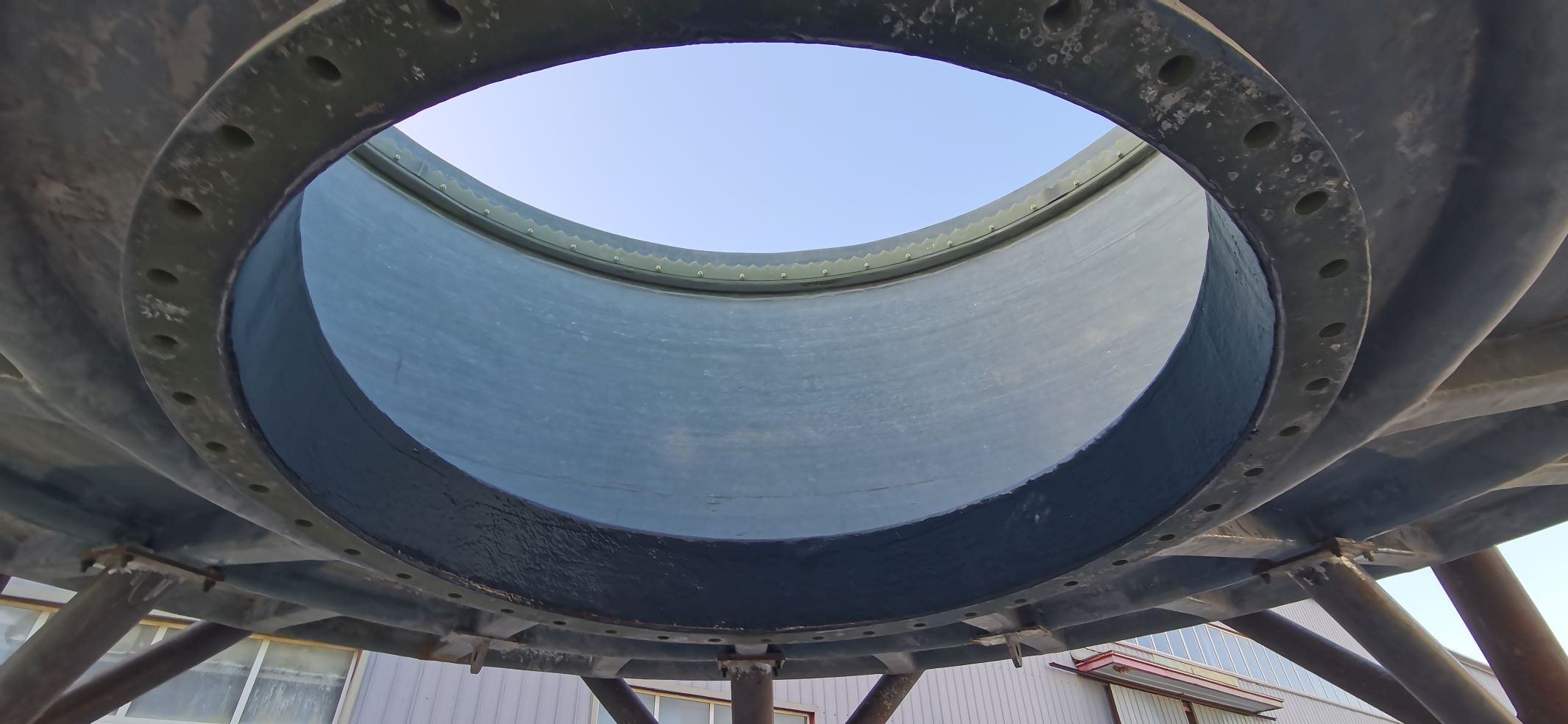
-
 Afrikaans
Afrikaans -
 Albanian
Albanian -
 Amharic
Amharic -
 Arabic
Arabic -
 Armenian
Armenian -
 Azerbaijani
Azerbaijani -
 Basque
Basque -
 Belarusian
Belarusian -
 Bengali
Bengali -
 Bosnian
Bosnian -
 Bulgarian
Bulgarian -
 Catalan
Catalan -
 Cebuano
Cebuano -
 China
China -
 China (Taiwan)
China (Taiwan) -
 Corsican
Corsican -
 Croatian
Croatian -
 Czech
Czech -
 Danish
Danish -
 Dutch
Dutch -
 English
English -
 Esperanto
Esperanto -
 Estonian
Estonian -
 Finnish
Finnish -
 French
French -
 Frisian
Frisian -
 Galician
Galician -
 Georgian
Georgian -
 German
German -
 Greek
Greek -
 Gujarati
Gujarati -
 Haitian Creole
Haitian Creole -
 hausa
hausa -
 hawaiian
hawaiian -
 Hebrew
Hebrew -
 Hindi
Hindi -
 Miao
Miao -
 Hungarian
Hungarian -
 Icelandic
Icelandic -
 igbo
igbo -
 Indonesian
Indonesian -
 irish
irish -
 Italian
Italian -
 Japanese
Japanese -
 Javanese
Javanese -
 Kannada
Kannada -
 kazakh
kazakh -
 Khmer
Khmer -
 Rwandese
Rwandese -
 Korean
Korean -
 Kurdish
Kurdish -
 Kyrgyz
Kyrgyz -
 Lao
Lao -
 Latin
Latin -
 Latvian
Latvian -
 Lithuanian
Lithuanian -
 Luxembourgish
Luxembourgish -
 Macedonian
Macedonian -
 Malgashi
Malgashi -
 Malay
Malay -
 Malayalam
Malayalam -
 Maltese
Maltese -
 Maori
Maori -
 Marathi
Marathi -
 Mongolian
Mongolian -
 Myanmar
Myanmar -
 Nepali
Nepali -
 Norwegian
Norwegian -
 Norwegian
Norwegian -
 Occitan
Occitan -
 Pashto
Pashto -
 Persian
Persian -
 Polish
Polish -
 Portuguese
Portuguese -
 Punjabi
Punjabi -
 Romanian
Romanian -
 Russian
Russian -
 Samoan
Samoan -
 Scottish Gaelic
Scottish Gaelic -
 Serbian
Serbian -
 Sesotho
Sesotho -
 Shona
Shona -
 Sindhi
Sindhi -
 Sinhala
Sinhala -
 Slovak
Slovak -
 Slovenian
Slovenian -
 Somali
Somali -
 Spanish
Spanish -
 Sundanese
Sundanese -
 Swahili
Swahili -
 Swedish
Swedish -
 Tagalog
Tagalog -
 Tajik
Tajik -
 Tamil
Tamil -
 Tatar
Tatar -
 Telugu
Telugu -
 Thai
Thai -
 Turkish
Turkish -
 Turkmen
Turkmen -
 Ukrainian
Ukrainian -
 Urdu
Urdu -
 Uighur
Uighur -
 Uzbek
Uzbek -
 Vietnamese
Vietnamese -
 Welsh
Welsh -
 Bantu
Bantu -
 Yiddish
Yiddish -
 Yoruba
Yoruba -
 Zulu
Zulu
Exploring the Benefits and Applications of FRP Hoods in Modern Industries
The Significance of FRP Hoods in Modern Applications
Fiber Reinforced Plastic (FRP) has emerged as a revolutionary material in various industries, and one of its notable applications is in the manufacturing of hoods. FRP hoods are predominantly used in automotive, aerospace, and industrial sectors due to their outstanding properties, combining light weight with exceptional strength and resistance to environmental factors.
Understanding FRP
FRP is a composite material made from a polymer matrix reinforced with fibers. The fibers are typically glass, carbon, aramid, or a combination of these materials, which provides the composite with enhanced mechanical properties. The lightweight nature of FRP compared to traditional materials, such as steel or aluminum, makes it particularly attractive for applications requiring weight reduction without compromising structural integrity.
Advantages of FRP Hoods
1. Weight Reduction One of the most significant benefits of using FRP for hoods is the substantial reduction in weight. Lighter hoods contribute to improved fuel efficiency in vehicles, better performance in aerospace applications, and easier handling in industrial uses.
2. Corrosion Resistance FRP is inherently resistant to corrosive environments, making it an excellent choice for use in industries where exposure to chemicals is common. For automotive applications, this means that FRP hoods can withstand the damaging effects of road salt, moisture, and other corrosive elements, leading to longer-lasting components.
3. Design Flexibility The manufacturing processes for FRP allow for greater design flexibility compared to conventional materials. Designers can create more aerodynamic shapes and complex structures that are not feasible with metal, leading to improved aesthetics and functionality.
4. Thermal Insulation FRP hoods offer superior thermal insulation properties. This can be particularly beneficial in applications where temperature control is critical, such as in certain industrial processes or in automotive applications where engine heat needs to be managed effectively.
5. Impact Resistance FRP composites demonstrate high impact resistance, which is essential for automotive parts that may encounter shocks or impacts during normal operation. This characteristic ensures better safety and longevity of the components.
frp hood

Applications of FRP Hoods
Given their numerous benefits, FRP hoods find applications in various areas
- Automotive Industry Manufacturers are increasingly adopting FRP for car hoods, especially in high-performance and electric vehicles where weight savings are paramount. The reduction in weight not only enhances speed and agility but also improves energy efficiency.
- Aerospace Sector In aviation, weight is a critical factor. FRP hoods are utilized in various aircraft components, contributing to lighter overall structures and improved fuel efficiency. The ability to mold intricate designs also allows for aerodynamically optimized components.
- Industrial Equipment FRP hoods are commonly used in machinery and equipment that operate in harsh environments. Their resistance to chemicals and temperature fluctuations makes them ideal for use in factories and processing plants.
Challenges and Considerations
Despite the many advantages, the use of FRP hoods is not without challenges. The production process of FRP can be more labor-intensive than traditional metalworking, leading to higher initial costs. Furthermore, recycling FRP materials poses environmental challenges, as the composite nature makes it more difficult to process compared to homogenous materials.
Conclusion
FRP hoods represent a significant advancement in material technology, offering a blend of strength, light weight, and resistance to environmental factors. As industries continue to seek ways to enhance performance and efficiency, the adoption of FRP materials is likely to grow. While there are challenges to overcome, the benefits of FRP hoods make them a compelling choice for various applications, paving the way for innovation and improved designs in the automotive, aerospace, and industrial sectors. As awareness increases and technology advances, FRP hoods are set to become a staple in modern manufacturing, leading to a more sustainable and efficient future.









